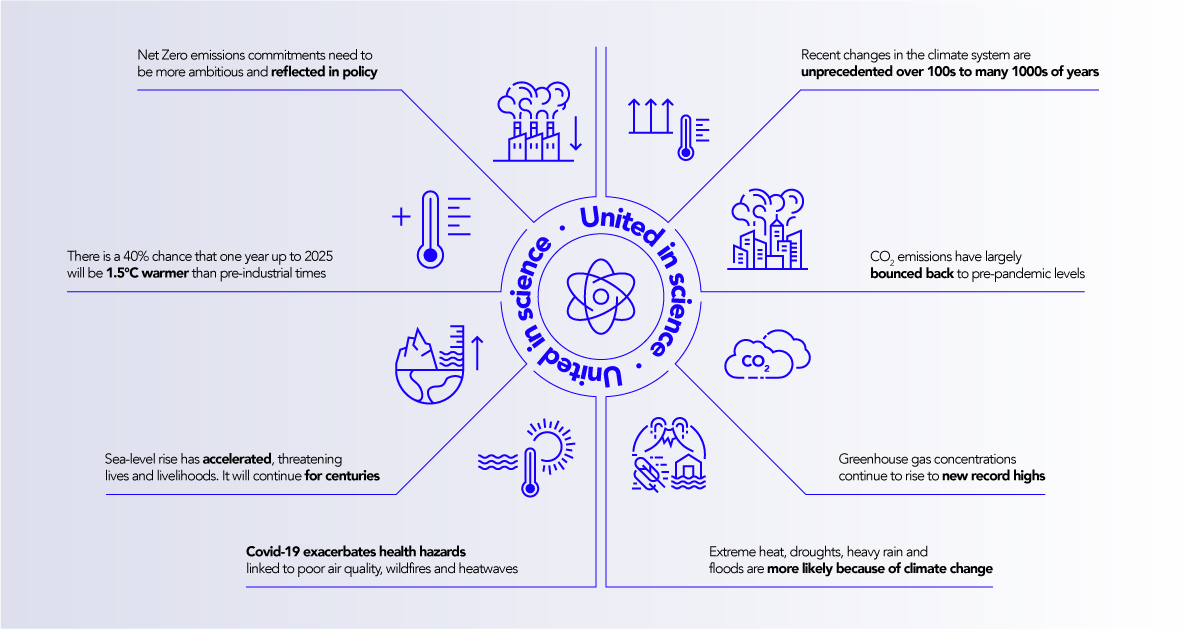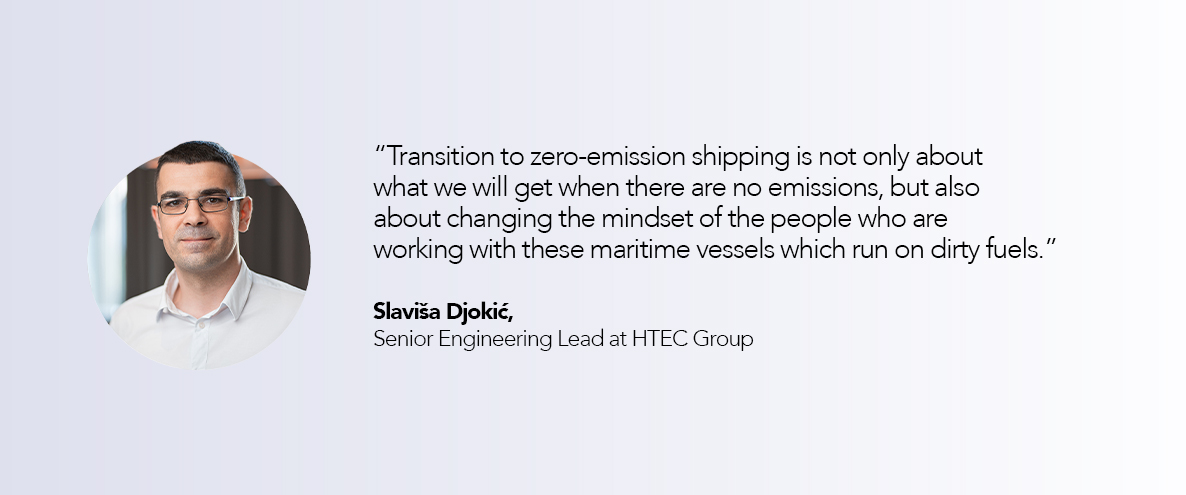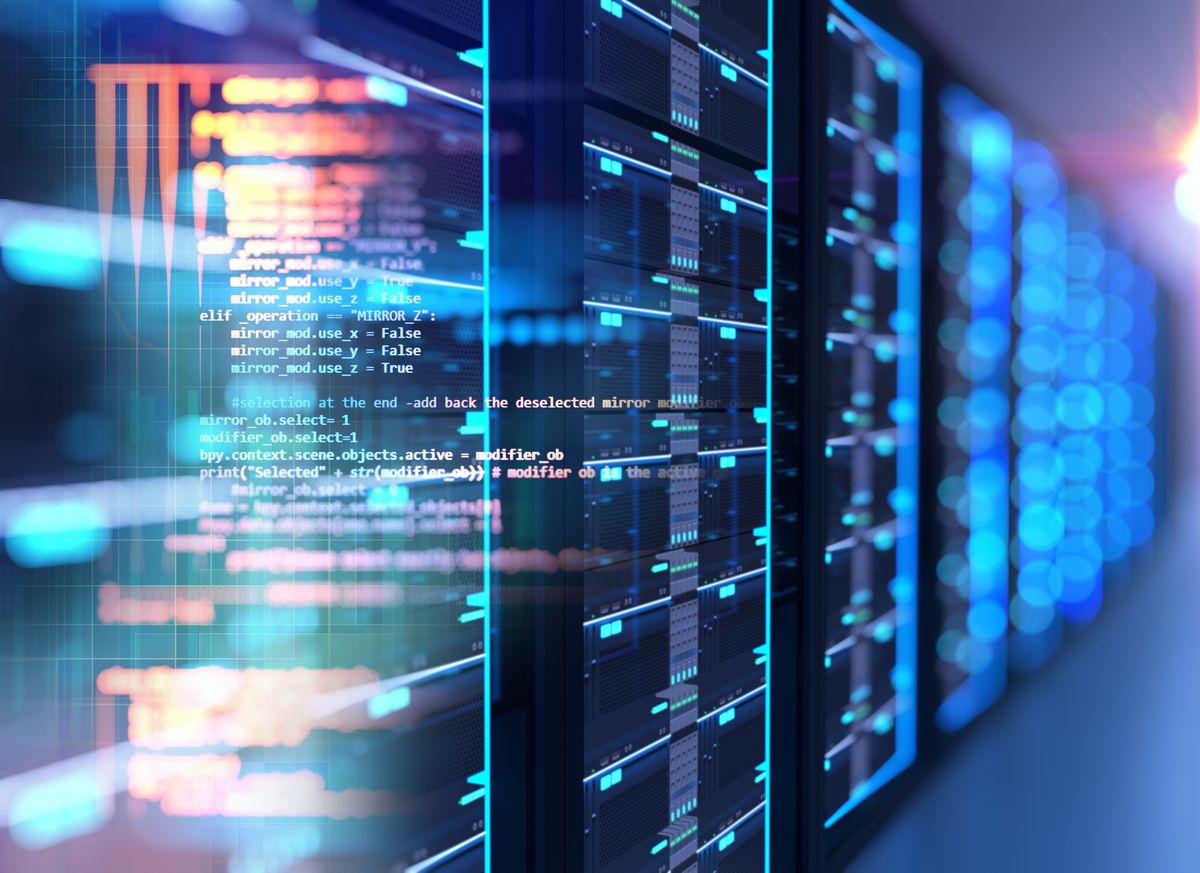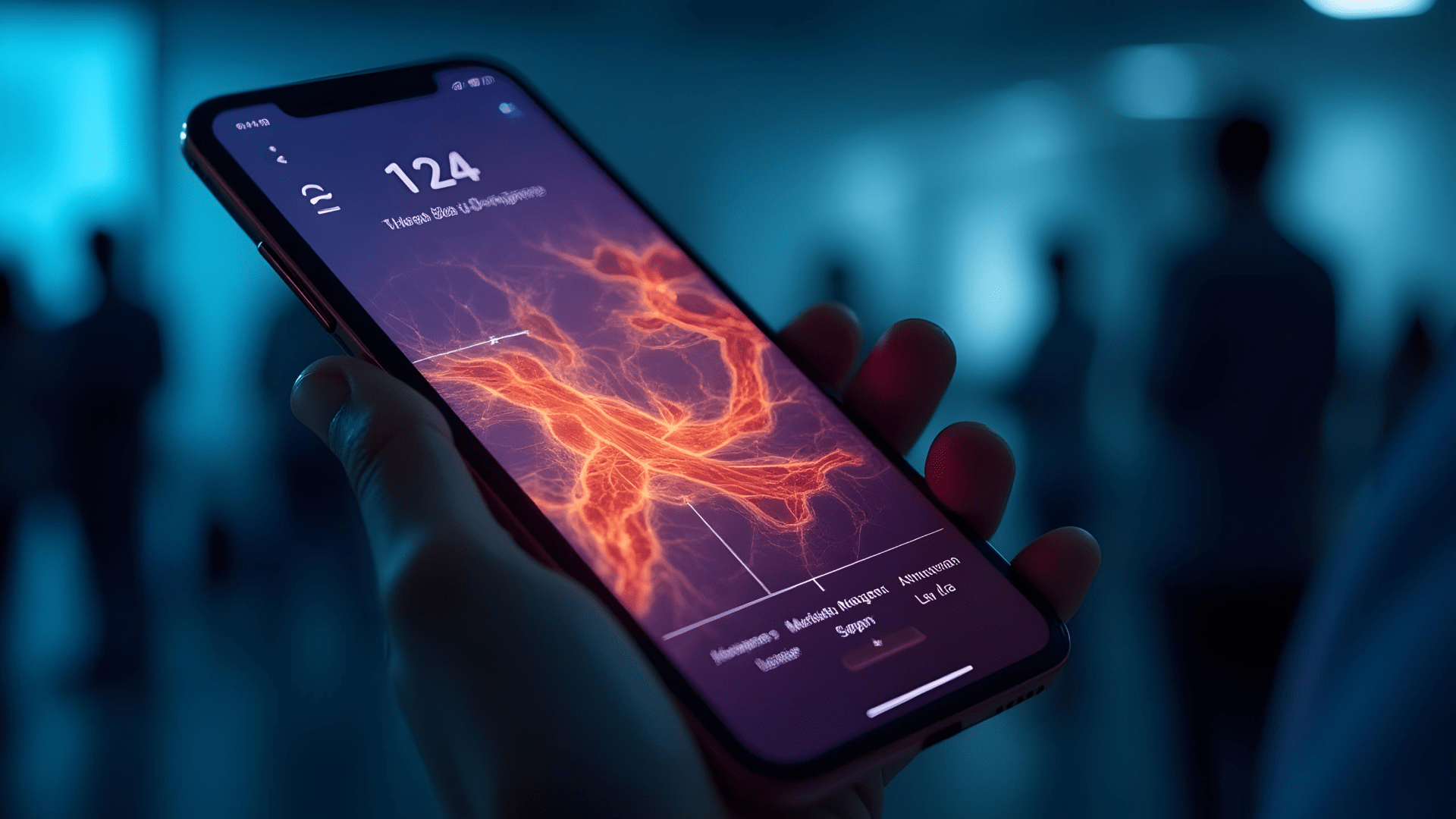Although we have seen overall improvements in carbon emission levels, many companies are still lagging. According to a Boston Consulting Group report, power, industrials, transport, and agriculture sectors emit more than 80% of total greenhouse gases, and the average global temperature has been among the highest for the last five years, according to the United in Science 2021 report.
To achieve net-zero emissions before 2050, companies will need to take more radical action. And some of those actions will require no less than the complete transformation of their core business.
In his book, How to Avoid a Climate Disaster, Bill Gates writes, “My basic assumption about climate change comes from a belief in innovation. The conditions have never been clearer for backing energy breakthroughs. It’s the power to innovate that makes me hopeful.”
Things are moving forward. Existing, as well as emerging, technologies can help reduce 65% of carbon emissions needed for the net-zero emissions goal. Companies need to make a commitment now and move more aggressively to net-zero. But are they able to do so?
We caught up with a few of HTEC’s experts with deep experience managing net-zero emissions projects — Slavisa Djokic, senior engineering lead; Nemanja Timotijevic, engineering lead; and Gabriela Mate, engineering lead — to get their insights and opinions.

Source: United in Science 2021 report
Imagine a globally net-zero climate-resilient future. How does the maritime industry contribute to this goal?
Slavisa Djokic: “We are working on initiatives that are very much focused on building a climate-resilient future. Currently, one of the industries we are focusing our efforts on is maritime.
Lowering CO2 emissions and making the maritime vessels carbon neutral is a huge task for every shipowner, every technical manager, and every captain. It comes in multiple steps, and those steps need to be obvious. Let’s not forget that reducing CO2 emissions in maritime was not considered a priority back then and even in the near past. The regulations were imposed around 2020.”
Gabriela Mate: “And regulations are getting stricter with each day. Until now, there have been regulations on eco-zones where emissions are strictly regulated.”
Slavisa: “But huge steps are being taken in terms of changing people’s mindset, including their awareness of the costs of shipping, the key role of zero-emission vessels and fuels, and how they can move away from the use of fossil fuels.
So, in my view, the transition to zero-emission shipping is not only about what we will get when there are no emissions, but also about changing the mindset of the people who are working with these maritime vessels which run on dirty fuels.”
What breakthroughs in engineering have you seen that inspire you regarding a greener maritime industry?
Slavisa: “This is interesting because, recently, Gabriela and I were making jokes that, in the future, vessels will run just on the wind. And this is not far from the truth. But there are many ground-breaking technologies that are being piloted right now, from rotor sails that use the wind to power the turbines all the way down to creating hydrogen fuels. But right now, ship owners and technical managers are experimenting with biofuels — it is more of a mixture of the classic fuels. But we are really expecting that soon vessels will be running on biofuels alone — hydrogen, ammonia, and the other experimental stuff.”

According to a McKinsey Report on the energy transition, “The transition (to net-zero emissions economy) will have universal, significant, and uneven effects across sectors, geographies, and communities.” However, at the same time, there is the opportunity for growth depending on how companies approach it. From your experience, what are the questions business leaders face regarding strategy and growth?
Slavisa: “To lower carbon emissions, it is not enough just to impose restrictions. Shipowners also need to see some business value in this initiative to make initial steps and then move towards achieving this goal.”
Gabriela: “For instance, carbon trading is a new business — it’s kind of a stock market for carbon credits where any eco-friendly project that is reducing CO2 emissions across industries can apply for these carbon credits and then resell their credits to someone else who is producing CO2 in their businesses.
But when it comes to strategy and growth for industry leaders, I think that with existing technology, it is not possible to accomplish net-zero emissions even by 2050. I think that the industry leaders who want to achieve net-zero transition by 2050 really must invest in researching new technologies and inventions that will enable this.
Because when we are talking about the CO2 emissions, I mean, we have different scopes of CO2 emissions [Scope 1, Scope 2, Scope 3]. But to accomplish scope three, and be totally carbonless, is very hard. This is the moment for businesses and the government to come together and leverage the power of digital to scale their ambitions and create a more sustainable future for all.”
In your experience, which companies in which sectors are thinking about net-zero emissions the most? Which of them is already moving the needle?
Nemanja Timotijevic: “Net-zero is a global trend that is having an impact on all industries today. Some of the technological giants are already deep in implementing their net-zero emissions strategies like Shell, Siemens, Volkswagen, and American Airlines.
According to the recent statistics, at least one fifth of the world’s 2000 largest public companies have committed to meeting net-zero targets. So, it’s there; it’s happening.
On the other hand, an interesting fact is that some of these companies are failing to reduce carbon emissions, based on some studies. And among those are companies like Google and Amazon. Why is this the case? I believe they have set goals that are too audacious. That is how these companies usually work: set a bar very high and then find a way how to accomplish that goal.”
The key takeaway for supply chain leaders from the COP26 [the United Nations Climate Conference of Parties] in 2021 is that supply chains will come under scrutiny as they fall under scope 3 for corporate value chain emissions of greenhouse gases. The spotlight on chief supply chain officers is significant because their activities account for most emissions in the value chain. What are the steps CSCOs need to take to drive improvements?
Nemanja: “Let’s just touch base on the scope 3 emissions and what they are correlated with. Scope 3 emissions are the most challenging to measure, yet in some companies, they can account for over 95% of total emissions. And a huge amount of that percentage is correlated with the supply chain. I think CSCOs are starting to recognize that hybrid solutions, AI, process mining, and execution management play critical roles in helping them achieve this. In the past, one of the main goals of chief supply chain officers was to lower costs and, therefore, boost profits. But today, they need to put sustainability above profits. And there are a few ways how they can do that, from exploring completely new business models that can amplify resiliency, deploying machine learning and AI to improve pattern recognition and work optimization, to investing consistently in the near and long-term potential of automation.”

Slavisa: “We also see a lot of creativity here because research initiatives were not actually a priority for any of those companies. Of course, profit is the priority. However, we see a lot of emerging researchers and teams across companies being assigned a task to embrace new technologies to be at least one step closer to making their businesses greener than their competitors’ businesses. Even a 1% decrease is significant.”
What do you foresee as the biggest obstacles to achieving net-zero emissions?
Nemanja: “Good question. I would say that the four main challenges to achieving net-zero emissions are carbon accounting, a supplier emissions data gap, people’s engagement, and industry alliances.
The carbon accounting that is currently performed is not that adequate because it usually only takes scope 1 and scope 2 emissions into consideration. In this way, companies fail to capture processes needed for the robust carbon accounting that takes scope 3 emissions into account. This is what we are lacking today. Regarding the gap in supplier emissions, data organizations that work with suppliers usually don’t obtain their data directly from suppliers.
Instead, they use emission estimations based on their broad-level data and, therefore, miss the opportunities that could transform sustainability.
Also, to pivot to a net-zero business, leaders need to drive effective change management and communicate with, educate, and engage their people before it is too late.
Finally, leaders must prioritize their efforts and choose wisely which alliances they want to leverage to enable new initiatives to pave the way for net-zero emissions.”
Gabriela: “There are also technical difficulties with green energy — biofuels and hydrogen fuels are not available yet. They are all in the testing phase. The industry is not there yet. Also, the facilities, for example, in ports, are not designed and adapted to use those fuels.
Many buildings and facilities will have to be built, and we know that the construction industry is polluting significantly – it will take more pollution to get less pollution. It’s a vicious circle, but the future looks promising with all the technological advancements and collective awareness rising each day.”
Companies have a choice to go beyond the immediate ESG compliance checklists set by regulators and gain an early-mover advantage by adopting sustainable tech approaches now. What competitive advantages exist for first-mover engineering-driven companies?
Gabriela: “Because there are many new regulations and taxes, companies are trying to find ways to avoid these taxations and additional payments and market themselves as green companies, which means that they will be more eco-friendly than their competitors.
And this gives them a pretty good advantage on the market because all the consumers will choose to buy from green companies having in mind the scope of three emissions, their adverse impact on the environment, and all the limitations it entails.
So, I think that it’s very good to think ahead and be as green as possible as soon as possible.“
Gartner expects carbon footprint measurement technologies to see significant adoption as organizations broaden their focus to all three emission types and increase reporting transparency. Can you name three innovative technologies you believe will be key enablers of net-zero emissions?
Gabriela: “We at HTEC are involved in developing tools that measure the actual emissions, and we face different challenges there. However, I think that every company should have a CO2 footprint tracking tool not just because of the taxation and an obligation to report these CO2 emissions to the regulatory bodies but also to raise awareness.
Also, the people responsible for business development should have these figures in mind when taking future steps. They should plan their future net-zero strategy with the footprint of their actions in mind. Whether we are using innovative or traditional technology, it is important that these tools have wider usage because, just like with social networks, if you are alone in it, it’s useless. But if everyone is using it, then it’s very useful. So, wider usage would enable us to track scope 3 emissions. Otherwise, it is not possible.”

What new or existing HTEC partnerships and contracting approaches could improve outcomes? What is HTEC’s role in helping businesses ride the net-zero emissions wave?
Gabriela: “Currently, we are developing tools that track CO2 emissions on one of the initiatives. The primary goal is to report on CO2 emissions and estimate emissions for future voyages.
This way, we are helping cargo owners and charterers find the greenest possible vessels for their cargo. Although we see much improvement, there is much to be done before 2050, and we have all the knowledge and deep-water skills to help them meet the race to net-zero emissions deadline. “
Want to learn more about how HTEC’s technology expertise can transform your business? Explore our Technical Strategy and Logistics & Transportation capabilities.





